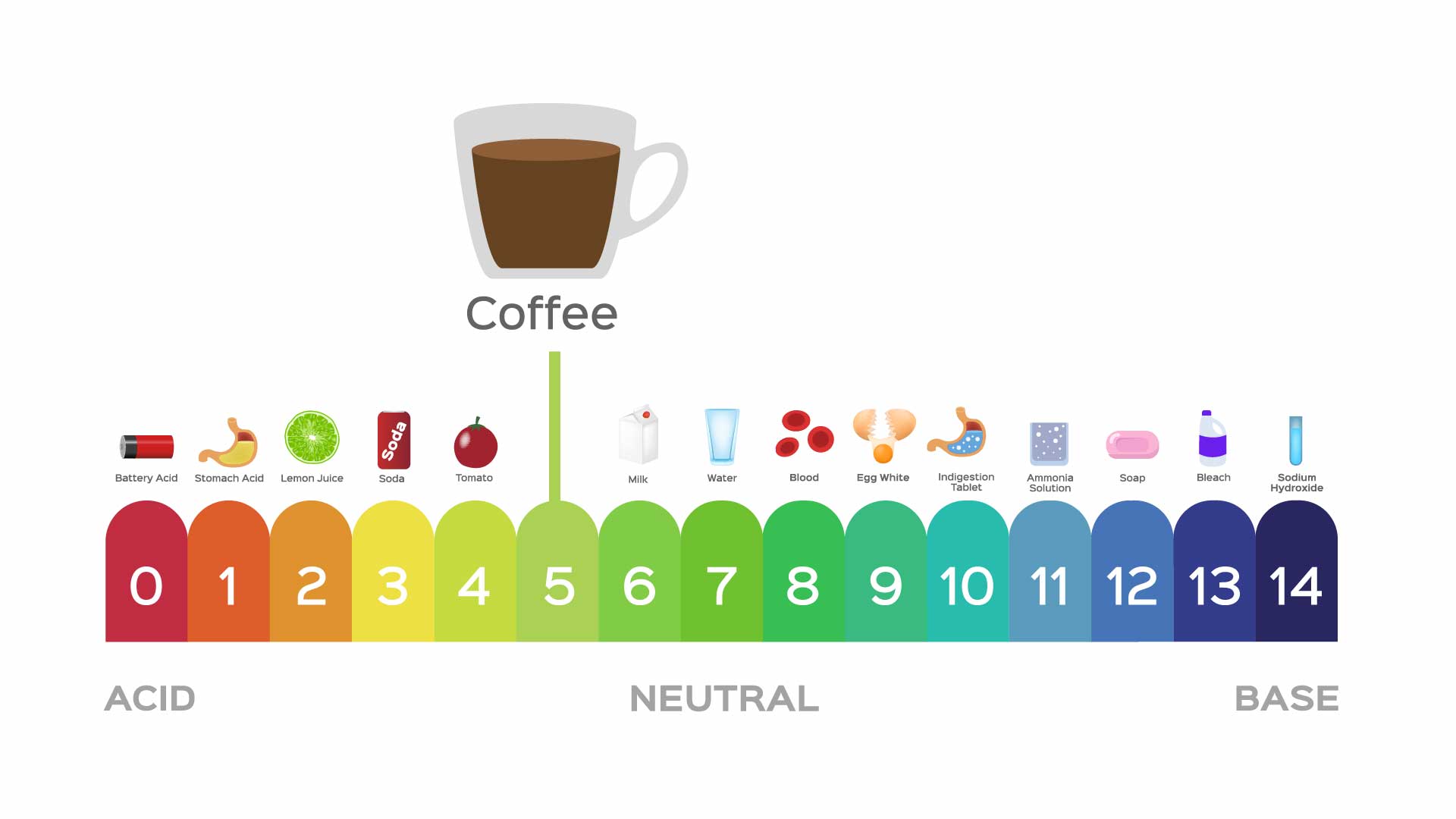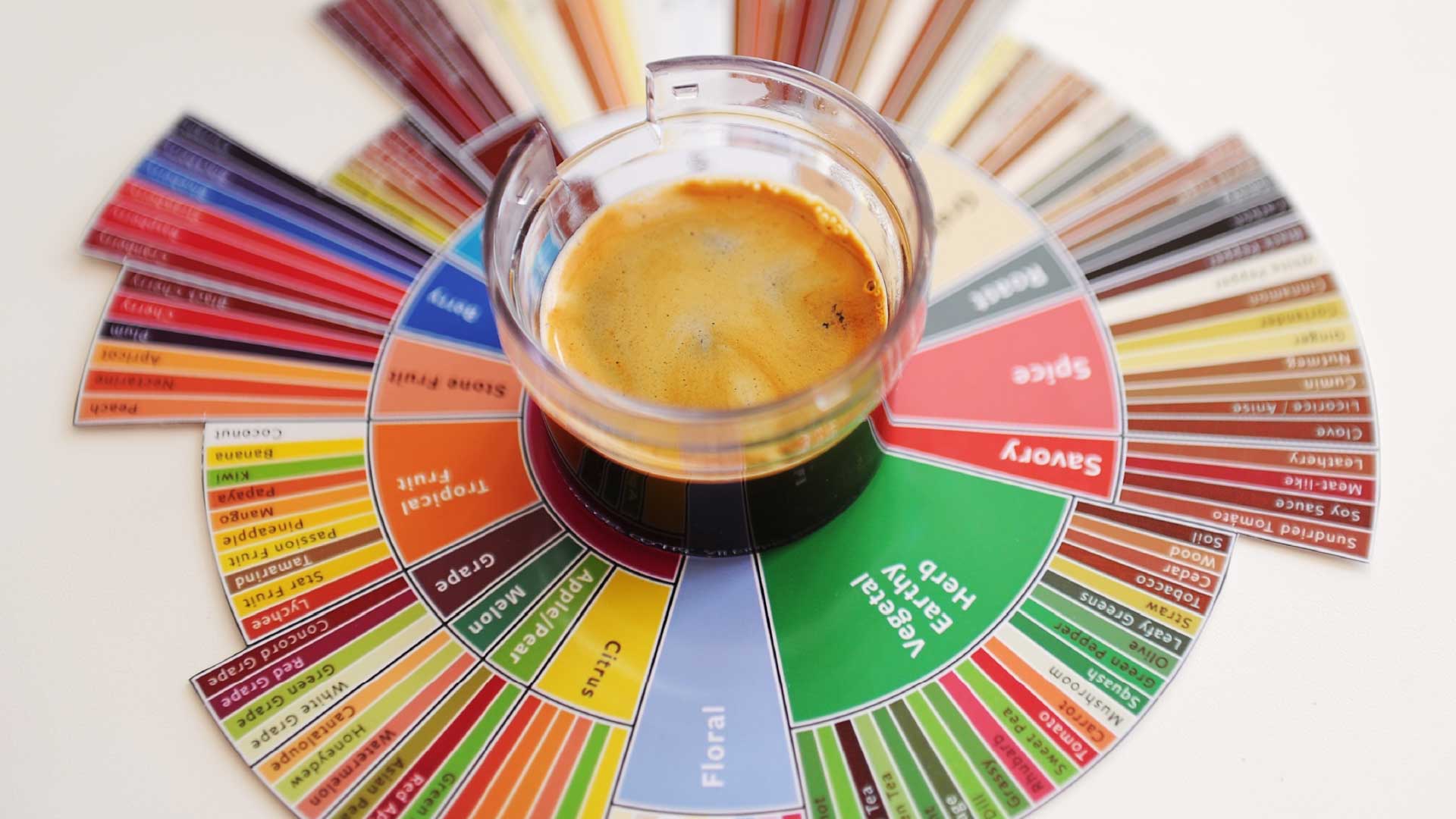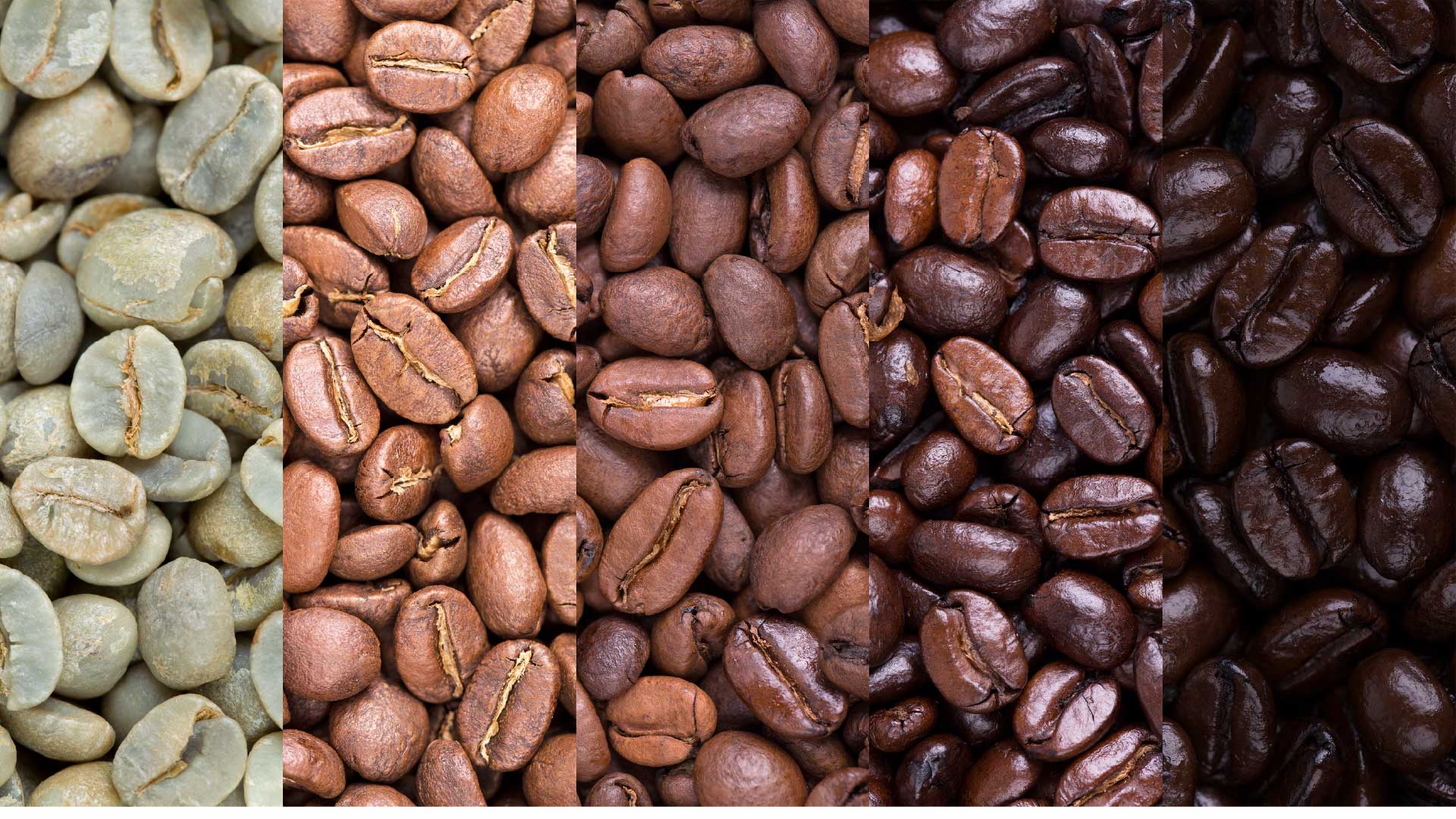We are all eager for our coffee brews' tangy, fruity, lively, bright, sparkling, or sharp flavor. These adjectives all point towards one aspect: Acidity in Coffee. It is for this particular trait that Millennials love specialty coffee. Coffee acidity has inspired food pairings specialty segments and won the hearts of judges in coffee-tasting competitions. Some coffee varieties, such as Kenyan Coffee beans, are exceptional with acidity, while others are less rich. While it is among coffee beans' most sought-after qualities, acidity remains a complex domain.
Did you know Kenyan coffee beans shine with acidity? Solai Coffee brings these exquisite coffee beans to your table! Enjoy sparkling and bright flavors of Kenyan Kahawa in our monthly deals!
What is Coffee Acidity
Since the acidity chart reveals that the pH of coffee usually ranges between 4.85 and 5.8, it only makes sense to describe it as an acidic beverage! However, the coffee world does not rely on the acidity chart or PH of coffee to define or measure acidity.
Experts reveal that the PH of coffee affects its aroma and flavor. Mane Alves, Founder of Coffee Lab International, describes acidity as simply a mouthfeel.
To Alves, one can detect coffee's acidity or PH by the coffee flavors' sharpness as they leave the mouth. High sharpness notes, in this case, indicate high acidity, while low sharpness represents low acidity! Therefore, an outstanding balance of "sharpness" separates the good from the best coffee flavors. The absence of acidity in coffee makes our drinks flat; when in abundance, acidity can make coffee sour.
 A PH scale showing coffee acidity level
A PH scale showing coffee acidity level
Why are Some Coffee Varieties
Sweeter than Others?
While acidity is a measure of the PH of coffee, you do not have to be a chemistry genius to brew an exceptional cup!
Acidity in coffee describes the presence of certain acids or organic compounds. These particular acids embody the delightful fruitiness, tanginess, and complexity we sip a well-brewed cup of joe. They include citric, malic, acetic, and tartaric acids, which are "good" organic compounds that enrich the flavor profile of coffee beans.
It is also worth noting that some coffee beans are naturally sweeter than others. While you can control or reduce acidity in coffee, certain profiles are naturally more acidic than others. The climate, processing method, origin, and coffee variety are all factors that can naturally affect the acidity of coffee beans.
The Role of Acidity in Flavor
Did you know acidity determines a cup's flavor profile? With expert roasting and brewing routines, baristas can fine-tune coffee beans for the best-tasting experience!
The citric, malic, phosphorous, acetic, and lactic acids have a role in determining the flavor of coffee beans.
1. Citric Acid: Citric acid in citrus fruits elevates a zesty or bright note to coffee beans. Flavors such as lime, orange zest, or lemon are flavors associated with citric acid.
2. Malic Acid: A unique acid that embodies pear or green apple notes. Malic acids are often similar to the tartness or crispness of green apples!
3. Phosphoric Acid: Phosphoric acid is known to improve the mouthfeel and body of coffee beans. It often adds a syrupy or sweet quality to coffee beans.
4. Acetic Acid: Minimal amounts of acetic acid in coffee beans bring a pleasant wine-like complexity to the mouth.
5. Lactic Acid: Creates a velvety texture thanks to its smooth or creamy characteristics.

Coffee Acidity and Flavor Wheel chart
How to Control Acidity In Coffee
Did you know you can control coffee acidity? While we cannot give coffee beans new flavor characters, we can control the brewing or roasting processes to obscure or highlight acidity in coffee.
Balancing Coffee Acidity By Roasting
Did you know most coffee bean acids reduce concentration during the roasting process? Therefore, we must consider the roast level to attain the right hint of acidity in our coffee grounds.
A lighter roast means coffee beans will retain most of their natural character; conversely, darker roasts mean flavors are less acidic! Having the right amount of dark roast without bitterness is the beauty of coffee roasting!
 Coffee beans can use different levels of roasting to determine acidity in coffee.
Coffee beans can use different levels of roasting to determine acidity in coffee.
Brew to Control Coffee Acidity!
So, how do we control coffee acidity in coffee through brewing? How is extraction vital in all this? Your order of Kenyan coffee beans with sparkling acidity from Solai Coffee does not mean you are in for delicious coffee. If you brew and extract correctly, chances are you are in a friendly awakening!
What is extraction in coffee brewing? When water mixes with your coffee grounds, different coffee compounds, flavors, or aromas begin diffusing into the water at different rates! Usually, fruity notes lead the line, followed by sweetness, complexity, balance, and bitterness!
The Golden Rules of Extraction
- Finer ground sizes make for a quicker extraction process.
- More extended brew periods allow for more extraction.
- Shorter brew periods give acidic profiles.
- More brew periods give bitter results.
- Hot waters make for quick extraction processes.
- Lower (cool) temperatures do not allow the extraction of acids!
Kenyan Coffee Beans Shine With Acidity!
Unlike many coffee varieties around the globe, coffee lovers appreciate Kenyan coffee beans for their acidity, Also known as Kahawa.
The Kenyan coffee beans have bright and sparkling flavors thanks to their unique terroir, meticulous growing and processing processes, and cooperative farming. Here's why Kahawa coffee retains its golden nature!
Ideal Growing Conditions
In the Story of Kahawa, Scottish missionaries who brought coffee to Kenya inhabit the Kenyan highlands. These coffee-growing regions are elevated, with volcanic soils that enjoy a regular birth of rainfall only the equatorial climate creates. These conditions provide the perfect coffee sanctuary for cherries to brew complex acids.
Unique varietals
The SL 28 and SL34 are unique Arabica coffee profiles that only grow in the Kenyan highlands. These varietals have exceptional acidity and flavor profiles.
Meticulous Processing
Kenyan coffee undergoes a meticulous washing process, where the beans are fermented and thoroughly cleaned. This process helps preserve the inherent acidity of the coffee.
Cooperative Farming
Many Kenyan coffee farmers are part of cooperative societies. These organizations promote quality farming practices and meticulous processing, producing consistently high-quality, acidic coffee.
Perfect Terroir
Terroir is a study of how a region's climate, geography, and soil profiles influence the flavor of its produce. Kenyan coffee is among the few coffee varieties in the globe that enjoy the perfect terroir, allowing it to express natural acidity and flavor in the purest forms.
Coffee acidity is a wonder, a precious quality that we all appreciate. Baristas draw boundless inspiration from acidity to bring new experiences to our tables, from coffee-tasting specialty offerings to food pairings that elevate the coffee-drinking experience.
Kenyan coffee, with its vibrant and bright acidity, has rightfully earned its place in the hearts of coffee lovers worldwide. So, the next time you savor a cup of Kenyan coffee, appreciate the acidity that dances on your palate.
Create a symphony of flavors only Solai coffee can deliver!
Coffee Acidity